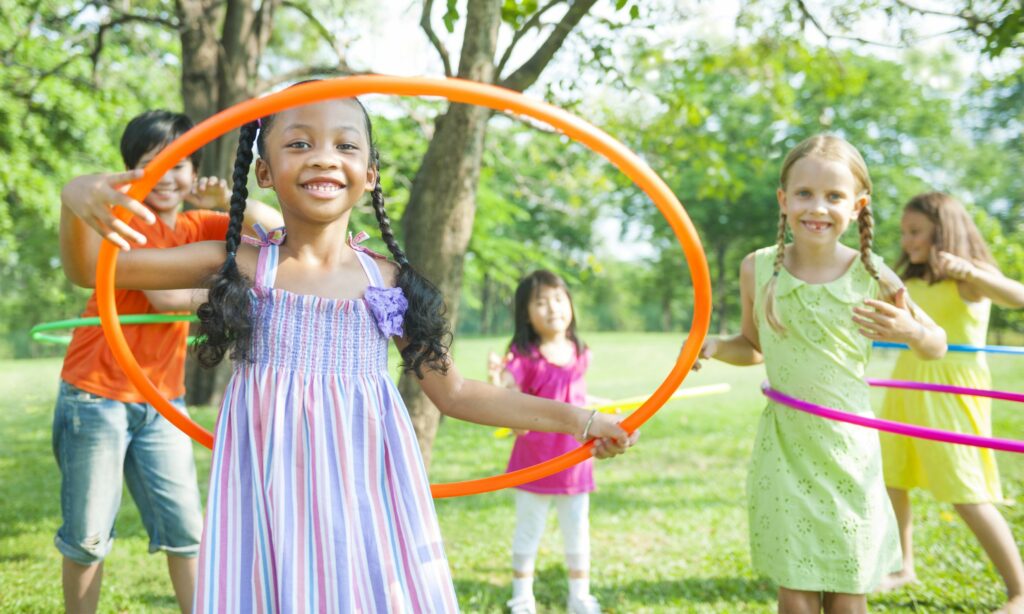The True Sport Experience: Bringing physical and ethical literacy to life in and out of the classroom

Physical and health education teachers and coaches are experts at helping kids learn new skills. By patiently walking students through each learning step, they build the blocks of learners’ physical literacy. However, sport and recreation experiences aren’t built on physical skills alone. Instead, the experiences are wrapped in life lessons, personal growth and a few…
Active for life
Youth participation in organized sport has long-lasting positive effects on health. A new 12-year follow-up study shows that people who participated in organized sport throughout their youth continue to have higher levels of physical activity in adulthood, leading to better long-term cardiovascular health.
Music and exercise
Do you have a “pump up” playlist to help get you through your workout? According to new research, the benefits of listening to music may differ depending on the type of exercise. Listening to up-tempo music can help to reduce how hard it feels to engage in low-intensity endurance activities like walking more than high-intensity…
Water safety tips
As temperatures begin to rise, many Canadians seek to cool off in a nearby body of water. Sadly, drowning is one of the leading causes of unintentional death for Canadian children ages one to four. This blog from the Red Cross provides three tips to keep children safe around water this summer, including creating barriers…
Pandemic mental health
Physical activity may help to alleviate the negative mental health effects experienced by older adults while social distancing, according to new research. During the pandemic, older adults who were more physically active reported fewer depressive symptoms than those who were less active.
Holistic approach to athlete development
A holistic approach to athlete development considers the interconnections between different spheres of an athlete’s life, and recognizes their impact on performance. Whether athletes are struggling with the ongoing impacts of the pandemic, relocation, injury, or the end of a relationship, coaches and IST members can support them in evaluating the impact across the spheres…
National Injury Prevention Day
Today is National Injury Prevention Day, an initiative that aims to raise awareness about the devastating effects of predictable and preventable injuries. A helmet can protect your head in the case of a crash or fall. This summer, as you enjoy activities like biking and rollerblading, consider wearing a helmet. Not sure what type of…
Fighting dementia with play
Combined physical and mental training disguised as play can support healthy aging. Using an “Exergame,” similar to Wii Fit or Dance Dance Revolution, adults living with dementia showed significant improvements in reaction time and cognitive skills, such as attention, concentration, memory, and orientation.
Benefits of extracurricular activity
Research from UBC finds teens, especially girls, report better mental health when they spend more time in extracurricular activities, like sports and art, and less time in front of screens. Less than two hours per day of recreational screen time (e.g. browsing the internet, playing video games, and using social media) was associated with higher…
How exercise boosts mental health
There is uncontested evidence that physical activity boosts mental health. But how? According to University of Toronto professor Catherine Sabiston, body temperature, a break from routine, and a sense of connectedness are just a few of the ways that exercise can lift your mood.